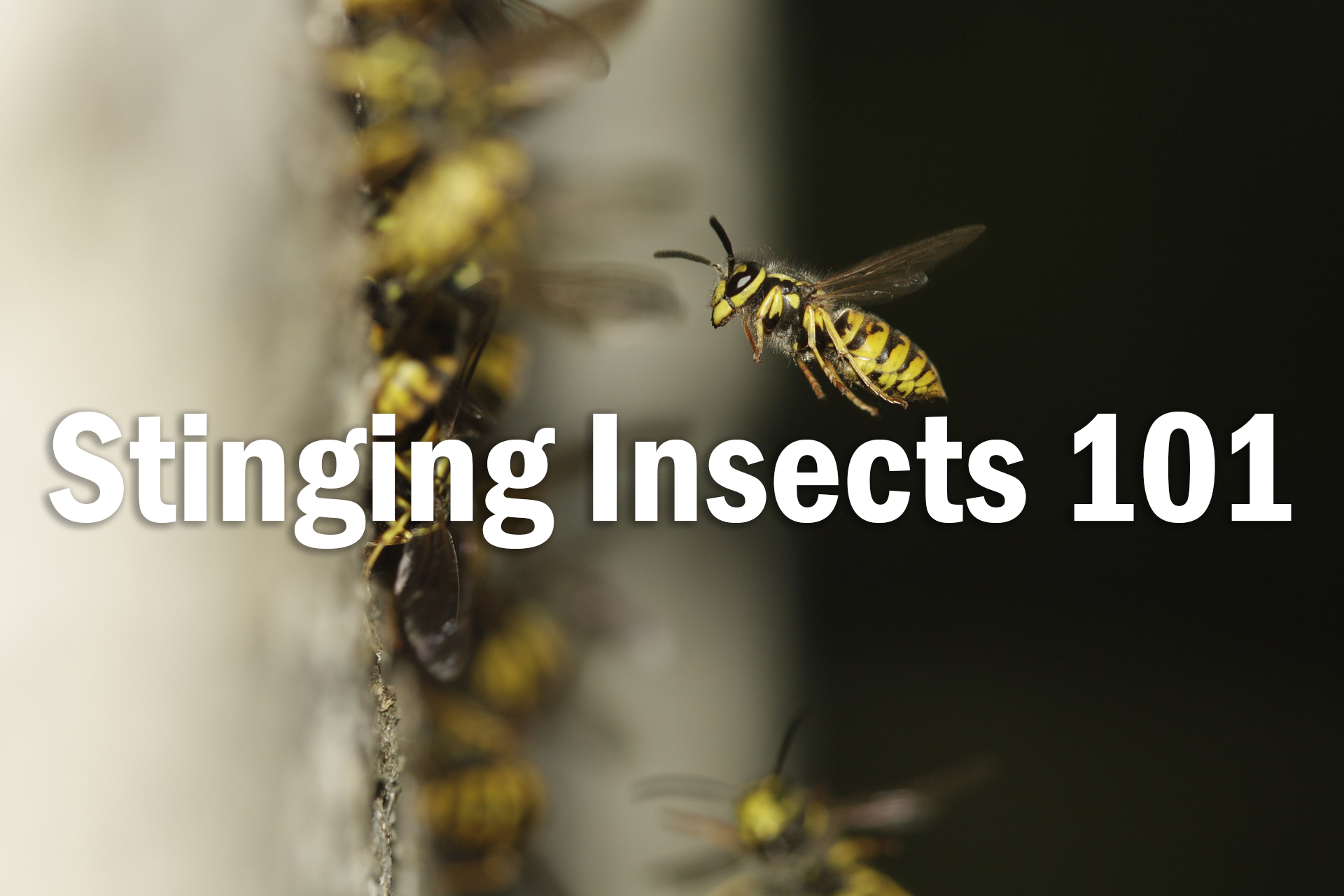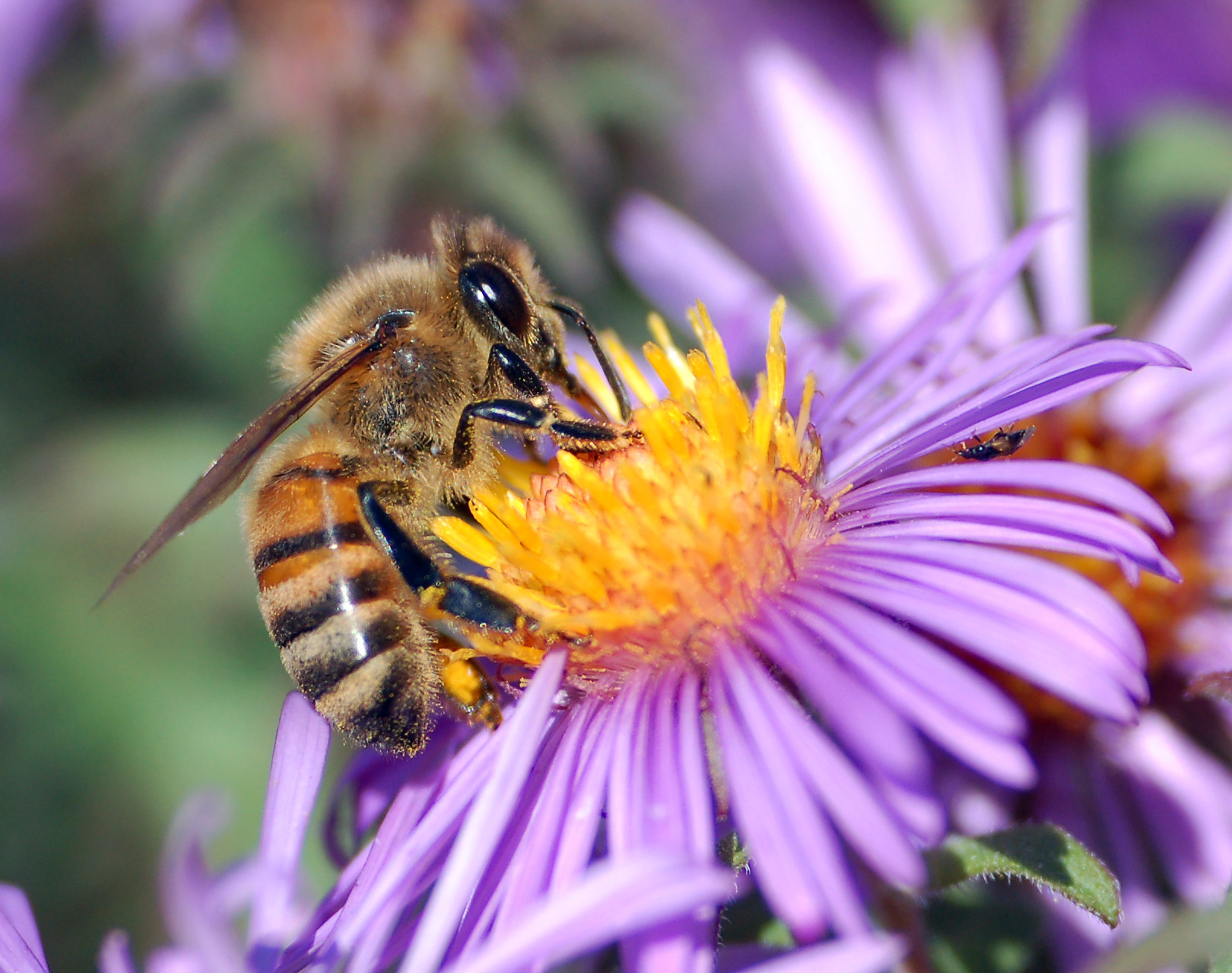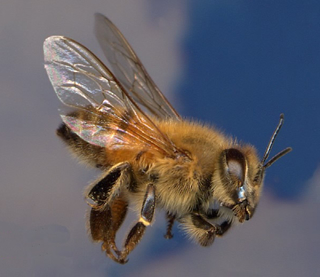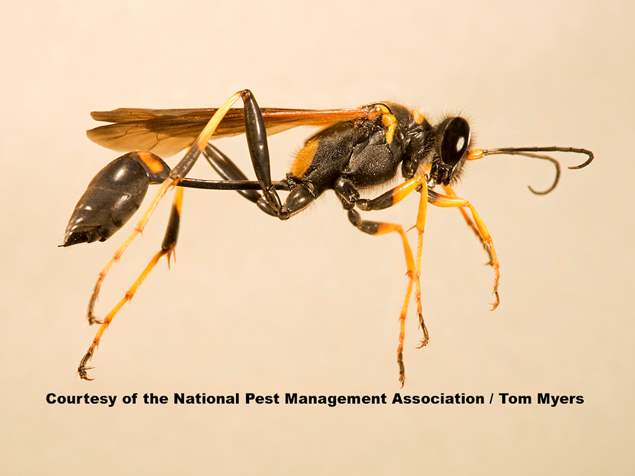Brace Yourself, Stinging Insect Season is Coming
According to the National Pest Management Association (NPMA), stinging insects send more than 500,000 people to the emergency room annually.

Most stinging insects reach their peak during the second half of the summer months when the colonies forage for food that will sustain their queens during the winter. Here are just a few species that you may encounter while you’re outside:
Common Types of Stinging Insects:
Honeybee

These “hairy” bees have yellow and dark brown coloring. They are not aggressive and will leave you alone unless provoked. They typically nest inside cavities of trees.
Africanized Killer Bees

They are referred to as “killer bees” because when provoked, they attack in swarms and can cause serious injury or death to their victim. They nest in a variety of outdoor areas, such as hollow trees, sheds, porches, utility meters and even trash cans.
Paper Wasps

These wasps can be found in a variety of colors from reddish brown to orange with varying bright stripes of yellow and red. Their nests are built under eaves of homes, under decks, behind shutters, hollow components of playground equipment and under the protective foliage and branches of trees and shrubs.
Mud Daubers

These wasps received their name because they construct their “nests” from mud. These clusters of mud are often attached to the walls of buildings. Mud daubers are solitary wasps and do not live in colonies. They provision spiders for their larvae by paralyzing them with their venom and bringing them into their nest.
Tips To Reduce The Chances Of Being Stung:
- Seal cracks and crevices: Seal all visible cracks and crevices to keep these pests from moving indoors, and regularly inspect around the yard and along the perimeter of the house for nests.
- Keep food covered: During a picnic or cookout, cover all food when outside and be sure to keep tight fitting lids on trash bins.
- Avoid excessive use of fragrances: If spending long periods of time outdoors, avoid excessive use of perfume or cologne, as yellowjackets and other stinging insects are attracted to sweet-smelling fragrances. When possible, choose unscented shampoos, soaps, lotions and sunscreen is also ideal.
- Adjust wardrobe: Avoid wearing dark colors and floral prints, since these patterns can attract stinging insects. Wear closed-toe shoes, especially in grassy areas where hornets and other pests often nest.
- Remain calm, cool and collected: Do not swat a nearby pest or flail in panic—these movements may actually provoke an attack. Instead, remain calm and slowly walk away from the area. The insect should fly away without causing any harm.
What To Do When Stung By A Stinging Insect:
If you do accidentally provoke an attack, here are a few tips recommended by the NPMA to deal with these pests.
- When stung, remove the stinger, clean the area with soap and cold water and apply ice. Benedryl and hydrocortisone ointment may also help calm the reaction.
- Should you experience symptoms of an allergic reaction, such as tongue and throat swelling, wheezing, dizziness, shortness of breath or drop in blood pressure, call 911.
- If allergic to stinging insects, learn how to use an epinephrine kit and carry it with you at all times.
- If you suspect an infestation or notice a hive or nest on your property, contact a licensed pest professional to safely remove the threat.
Stinging insects are beneficial because they pollinate plants and flowers and eat other harmful insects. But these insects can be very dangerous and should always be handled by a licensed pest control professional, especially when it comes to nest removal when hornets and wasps may attack.